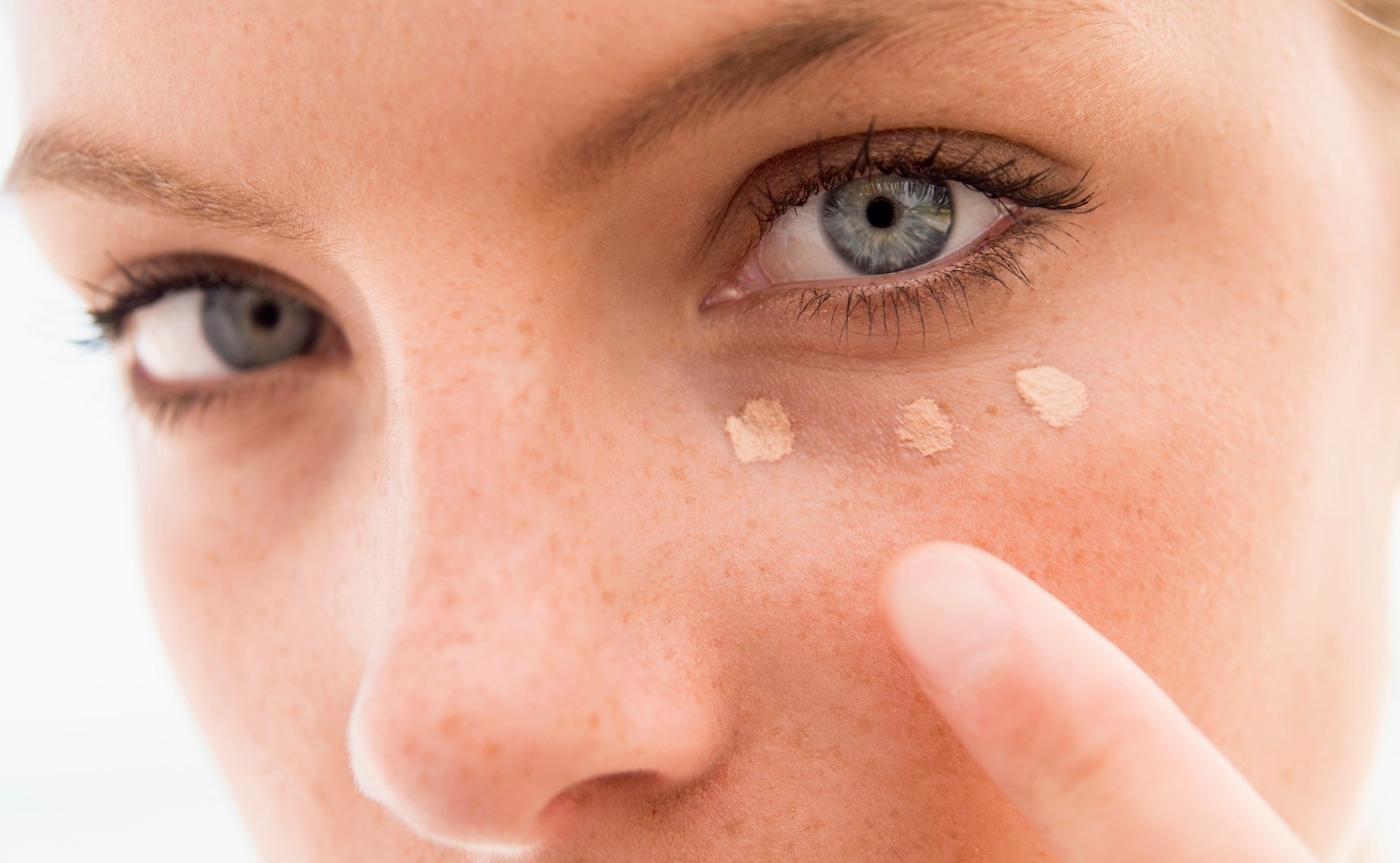
How to Deal With Purging From Chemical Peels
Embarking on a journey to improve your skin health often leads to trying various treatments and procedures, one of which is chemical peels. These peels are renowned for their ability to rejuvenate the skin, diminishing imperfections and revealing a more radiant complexion. However, as beneficial as they may be, chemical peels can sometimes induce a temporary phase known as purging.
What is Skin Purging?
Purging from a chemical peel refers to a temporary phase where the skin experiences an accelerated exfoliation process, leading to the appearance of new breakouts or the exacerbation of existing ones. This phenomenon typically occurs after undergoing a chemical peel treatment and is a natural response of the skin to the exfoliating agents used in the peel.
During a chemical peel, the outermost layer of the skin is removed, promoting cell turnover and revealing fresher, healthier skin underneath. As this process unfolds, impurities, toxins, and congestion trapped within the pores may be brought to the surface, resulting in the appearance of blemishes such as pimples, whiteheads, or blackheads. This purging phase is often characterized by a temporary increase in skin congestion and may last anywhere from a few days to a couple of weeks, depending on the individual's skin type and the intensity of the peel.
It's important to note that purging is distinct from a negative reaction to the chemical peel. While purging involves the expulsion of impurities and congestion, a reaction may manifest as prolonged inflammation, severe irritation, or other adverse effects. If you experience intense discomfort or suspect that your skin's reaction is more than just purging, it's crucial to seek advice from a qualified skincare professional or dermatologist.
Purging can be discouraging for many individuals who may not understand what it entails or how to deal with it effectively.
How to Deal with Purging
Understand the Process: Purging is the skin's way of expelling impurities and bringing underlying congestion to the surface. It's a sign that the peel is working, but it can be frustrating to deal with.
Stay Calm: Easier said than done. It's essential to remain patient and calm during this process. Purging is temporary and usually lasts for a short period, typically a few days to a couple of weeks, depending on the individual's skin type and the intensity of the peel. Keep this in mind and try not to freak out!
Avoid Touching or Picking: Resist the temptation to pick or squeeze any blemishes that appear during the purging phase. Doing so can lead to scarring, prolonged inflammation, and potential infection.
Maintain a Gentle Skincare Routine: Stick to a gentle skincare routine during this time. Cleanse your face with a mild, non-comedogenic cleanser twice daily to remove impurities and excess oil without stripping the skin.
Moisturize Regularly: Hydrate your skin with a lightweight, non-comedogenic moisturizer like Oxygenetix Oxygenating Hydro-Matrix (designed for post-procedure skin) to keep it hydrated and balanced. Look for products containing soothing ingredients like aloe vera, hyaluronic acid, or ceramides.
Protect Your Skin: Shield your skin from harmful UV rays by applying a broad-spectrum sunscreen with an SPF of 30 or higher daily, even if you're staying indoors. Sun exposure can worsen hyperpigmentation and increase the risk of post-inflammatory hyperpigmentation.
Avoid Harsh Products: Steer clear of harsh skincare products, including exfoliants, retinoids, and alcohol-based toners, as they can further irritate the skin and exacerbate purging.
Avoid Most Makeup: Most makeup on the market today is occlusive, clogs pores, and will make your purging worse. Choose Oxygenetix Oxygenating Foundation and Concealer which were designed to be used post peel and laser. They are formulated with aloe barbadensis, are breathable, and won't harm your skin.
Stay Hydrated and Eat Healthily: Drink plenty of water to keep your skin hydrated from within, and maintain a balanced diet rich in fruits, vegetables, and antioxidants to support skin health and regeneration.
Consider Consulting a Dermatologist: If the purging persists for an extended period or if you experience severe irritation, inflammation, or discomfort, consider consulting a dermatologist. They can assess your skin's condition and recommend appropriate treatments or adjustments to your skincare routine.
Now that you are armed with knowledge and equipped with the right approach, purging doesn't have to derail your skincare goals. Remember, it's a natural part of the skin's renewal process, signifying that the peel is working to expel impurities and stimulate cellular turnover.
By adopting a gentle skincare routine, maintaining patience, and seeking professional guidance when needed, you can navigate through the purging phase and emerge with a smoother, more luminous complexion. Stay committed to your skincare journey, and the results will undoubtedly be worth the temporary inconvenience.


发表评论
此站点受 hCaptcha 保护,并且 hCaptcha 隐私政策和服务条款适用。